Water - Global Overview
‘Life was first originated in water.’
The Earth is a watery place. But just how much water exists on, in, and above our planet and what are the reasons we are running dry?
Water is essential to life on Earth. In its three phases (solid, liquid, and gas), water ties together the major parts of the Earth’s climate system — air, clouds, the ocean, lakes, vegetation, snow pack, and glaciers.
We know that about 71 percent of the Earth's surface is covered with water and that the oceans hold 96.5 percent of all Earth's water. Also, water exists in the air as water vapor, in rivers and lakes, in icecaps and glaciers, in the ground as soil moisture, and even in humans and animals.
Water is a precious, yet finite resource essential for life, with no adequate substitute. Supplying and allocating water of adequate quality and in sufficient quantity is one of the major challenges facing society today.
Water is always moving, thanks to the water cycle. The water cycle is extremely important process because it ensures the availability of water for all living organisms and regulates weather patterns on our planet. If water didn’t naturally recycle itself, we would run out of clean water, in an instant.
Only 2.5% of the water on Earth is fresh, drinkable water. Of this 2.5% two thirds is frozen as snow and ice (and it better stay that way) and more than one third is found as groundwater. That leaves us with 0.3% fresh water available in rivers and lakes. This water is used in households, in agriculture and in industry. Although 0.3% is a large amount compared to the Earth’s scale, research shows that we are consuming the available resources at 1.6 times the planet’s capacity.
Water Scarcity
1.2 billion people lack access to water, according to recent estimates from the International Water Management Institute. By 2025, two-thirds of the world’s population may be facing water shortages, according to the World Wildlife Federation. Available freshwater supplies worldwide continue to dwindle. Since, the world population is expected to reach 9 billion, placing pressure on water supplies, it is estimated that by 2030, water demand is forecast to increase by 40%.
Physical water scarcity occurs when there isn’t enough water to meet demand. Roughly 20% of the world’s population now lives in physical water scarcity, which water withdrawals exceed 75% of river flows. Another 500 million live in areas “approaching physical scarcity.” This could be the result of dry or arid local conditions, but distribution also plays a role.
Since 96.5% of the water is in the oceans, why aren't we able to use it?
In order to turn saltwater into fresh, drinkable and usable water, saltwater needs to go through a process called desalination. Even though there are countries, such as United Emirates and Israel, who are already using desalination due to lack of access to fresh water sources, the costs for such operations are double than the ones for processing fresh water. Thus, the solution is not viable at the moment for many of the poor countries already exposed to water scarcity. What scientists are hoping for is that renewable energies evolve in such a way that desalinization becomes affordable. But we don’t know yet if and when will this happen.
Few of the topics we will tackle this week at the Conscious Club;
Water & Pollution
What is happening today with water pollution, and what are the main sources of pollution? What can we do to change that?
Water pollution is the contamination of water bodies, usually as a result of human activities. Water bodies include for example lakes, rivers, oceans, aquifers and groundwater. Water pollution results when contaminants are introduced into the natural environment. For example, releasing inadequately treated wastewater into natural water bodies can lead to degradation of aquatic ecosystems. In turn, this can lead to public health problems for people living downstream. They may use the same polluted river water for drinking or bathing or irrigation. Water pollution is the leading worldwide cause of death and disease, e.g. due to water-borne diseases.
Water & Natural Resources
With more than 70% water on the planet, how can we be running out of water?
Current US freshwater withdrawals, including those for irrigation, total about 1600 billion liter per day, or about 5,500 liter per person per day. Of this amount, about 80% comes from surface water, and 20% is withdrawn from groundwater resources. Worldwide, the average withdrawal is 1970 liter per person per day for all purposes. Approximately 70% of the water withdrawn worldwide is consumed and nonrecoverable.
Water & Households
On this Chapter we will dive into how much water we spend everyday at home. What is the most water consuming appliance in the house? And what are the things we can do to minimize our consumption?
Residential water use (also called domestic use, household use, or tap water use) includes all indoor and outdoor uses of drinking quality water at single-family and multifamily dwellings.
Water & Food / Agriculture
Does the food we are eating play a role on our water footprint. This Chapter will bring you shocking information about agriculture and food industry.
Agricultural water is water that is used to grow fresh produce and sustain livestock. The use of agricultural water makes it possible to grow fruits and vegetables and raise livestock, which is a main part of our diet.
Water & Clothing
The Textile industry is dependent on water in virtually all steps of manufacturing. Dyes, specialty chemicals, and finishing chemicals used to produce clothing are all applied to fabrics in water baths. This means that huge amounts of water are used to dye, finish, and wash clothes. In India alone, the textile industry uses 1.932 billion liters of water daily and approximately 2273 liters of water are used in the production of just one pair of jeans.
Sources:
http://www.environmentalpollution.in/project-report/water-pollution-project-report/project-report-on-water-pollution/2112
https://academic.oup.com/bioscience/article/54/10/909/230205
https://pmm.nasa.gov/education/water-cycle
https://www.noaa.gov/education/resource-collections/freshwater-education-resources/water-cycle
https://www.usgs.gov/special-topic/water-science-school/science/how-much-water-there-earth?qt-science_center_objects=0#qt-science_center_objects
https://www.fluencecorp.com/what-is-water-scarcity/
https://www.weforum.org/agenda/2019/03/water-scarcity-one-of-the-greatest-challenges-of-our-time/
https://www.sciencedirect.com/topics/earth-and-planetary-sciences/water-scarcity
https://www.worldwildlife.org/threats/water-scarcity
https://islandpress.org/worlds-water-volume-8
https://www.fairobserver.com/region/north_america/water-inc-72078/
